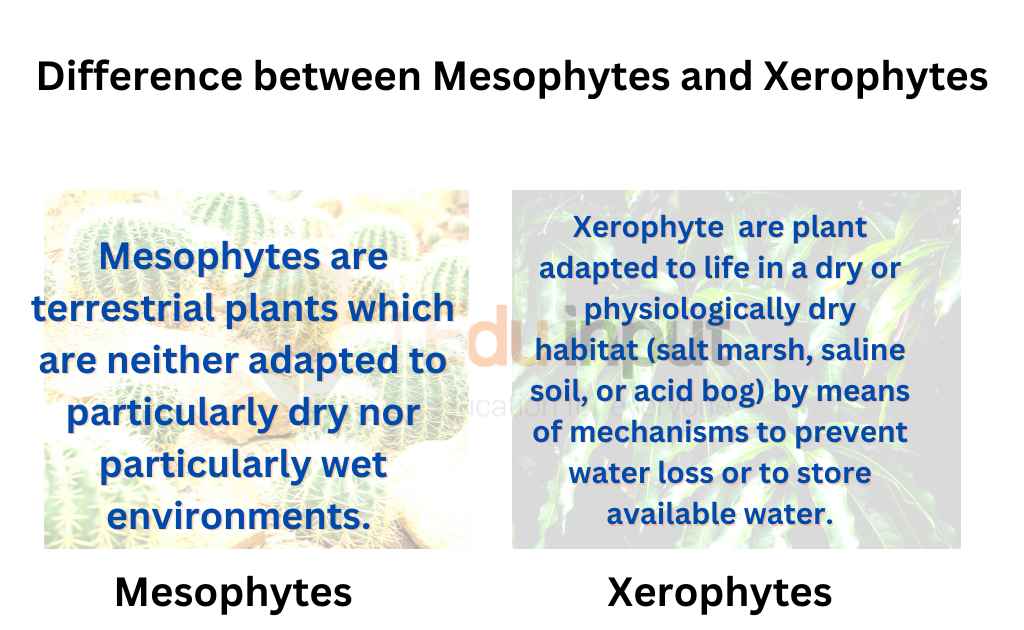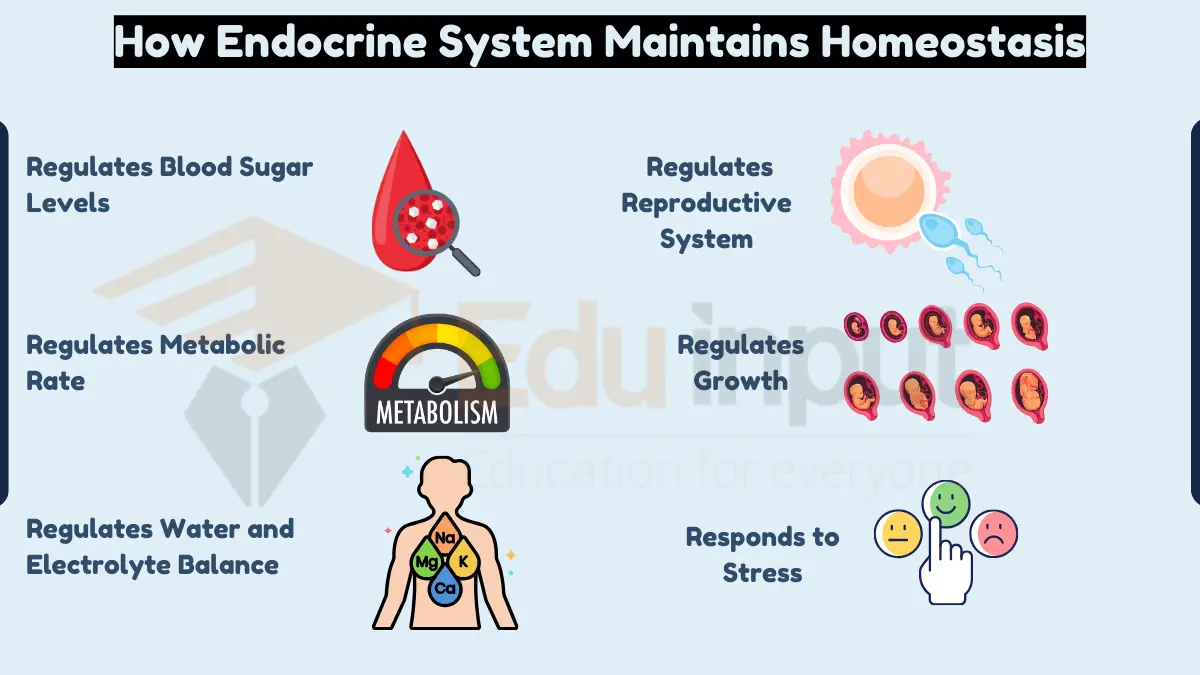Difference Between Mesophytes and Xerophytes
The main difference between mesophytes and xerophytes is the difference in the environment they are found in, and their water requirements. They are adapted to their corresponding environment.

What are Xerophytes?
xerophytes are plants found in a severely dry environment. They are also known as desert plants or rock plants. These plants are found in arid regions around the globe, such as deserts, mountains, and tundra.
Xerophytes are plants that survive in harsh conditions. They can withstand extreme temperatures, high winds, low humidity, and drought.
xerophytic plants have small, thick leaves. This reduces the surface area proportionate to the volume of the plant. As a result, it reduces the loss of water by transpiration.
What are Mesophytes?
Mesophytes are plants that grow in temperate climates. Plants that are not adapted to dry or wet climates are called mesophytes. They prefer air with a moderate amount of water and soil that has moderate salt or standing water.
This group includes all the plants that grow in the tropics, which is the largest ecological group of terrestrial plants. Mesosomes need moderate to lesser amounts of water. They grow fast and are usually large. Their Leaves have a cuticle with a thin epidermis.
The stomata are opened in sufficient centration supply of water. It promotes the loss of excessive water. The stomata are closed in less supply of water. It prevents the loss of water e.g. Brassica, roses. mango etc.
Difference between Mesophytes and Xerophytes
| Mesophytes | Xerophytes |
| The plants living in the moderate environment are called mesophytes. | The plants living in the severely terrestrial environment are called xerophytes. |
| These plants have moderate availability of water. | These plants face shortage of water. |
| They have normal, large and broad green leaves. | xerophytes posses small, thick and fleshy leaves. It reduces the loss of water by transpiration |
| They live in semi arid zone. | They live in highly arid zone. |
| They have thin cuticle. | They have thick cuticle to prevent water loss. |
| The stomata are opened in sufficient supply of water. It promotes the loss of excessive water. The stomata are closed in less supply of water. It prevents the loss of water. | The stomata are present on the lower surface of their leaves. These stomata are present in depressions. |
| Their stems do not store water. | Their stem store water in the rainy season and use it in dry condition. |
| Examples: Brassica, roses, mango | Examples: Cactus plants |






Leave a Reply